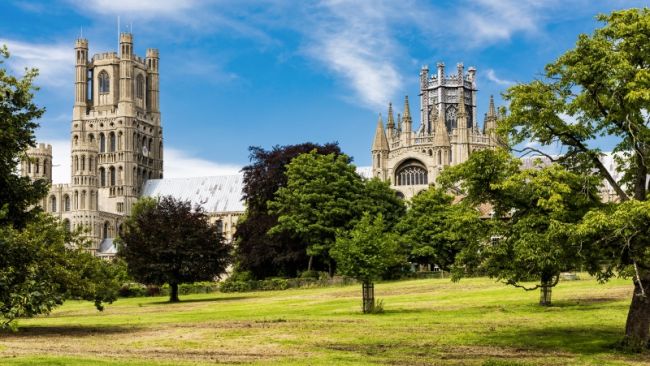
How we name our towns and villages
Ever wondered how Catbrain or Matching Tye got their names? We look at some of the more unusual place names in the UK and the stories behind them.
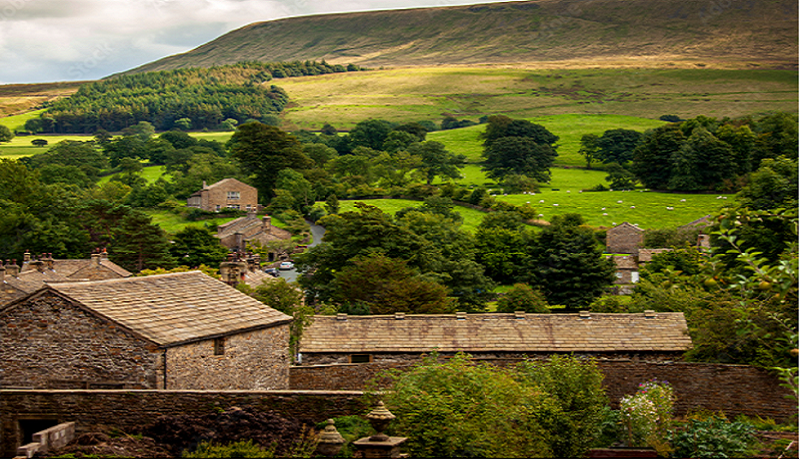

Trees have been a ‘hot topic’ in the news recently: from COP26 and the importance of forests to our planet and natural capital, to storm damage and the loss of ancient specimens of trees that have stood for many hundreds of years. Trees are providers of many things: shade and shelter, clean air, clean water, bastions of soil erosion and a habitat for birds and wildlife.
Our partners at John Clegg & Co recently released their Forest Market Report which revealed that there has been unprecedented levels of interest in the forestry market, and not just the commercial plots. Mixed woodlands have become increasingly popular as places for recreation and for conservation objectives.
The mental and physical benefits of walking in woodlands are undeniable – the birdsong, the beauty, the colours – and, unsurprisingly, those who own areas of woodland are emotionally attached to them. Family memories are created in woodlands – den building, collecting conkers, bird spotting, camping fires and collecting fallen logs to keep the home fires burning.
But it’s not just the obvious woodlands where trees come into their own: orchards are the ‘easier’ option for many of us. They take up less space, and have more obvious impact in a shorter space of time! From the blossom to the fruit, the lazy buzzing of pollinators, the contentment of chickens ‘foraging’ under the trees – most of us will have an ideal of what an orchard might look like in our dream country life!
But of course, most of us are now thinking about our Christmas holidays and going home to festively adorned evergreens: but even here, people are thinking more sustainably and the tide is turning to trees that can be decorated and enjoyed – and then planted in the garden to be enjoyed by birds and wildlife. And to give us that boost that we are doing our bit, however small, for the planet.
The glory of trees can be celebrated in these 5 properties for sale across the country: enjoy the different feel from copses and ancient woodlands that celebrates the diversity of tree species across the British Isles.
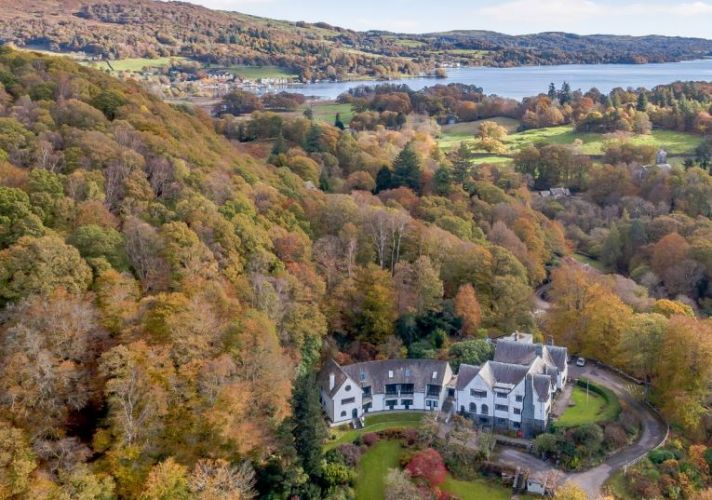
Nanny Brow, Ambleside, Lake District
This Arts & Crafts house is a short drive from Lake Windemere, and surrounded by glorious mixed woodland, perfect for both walking and enjoying the seasonal colours.
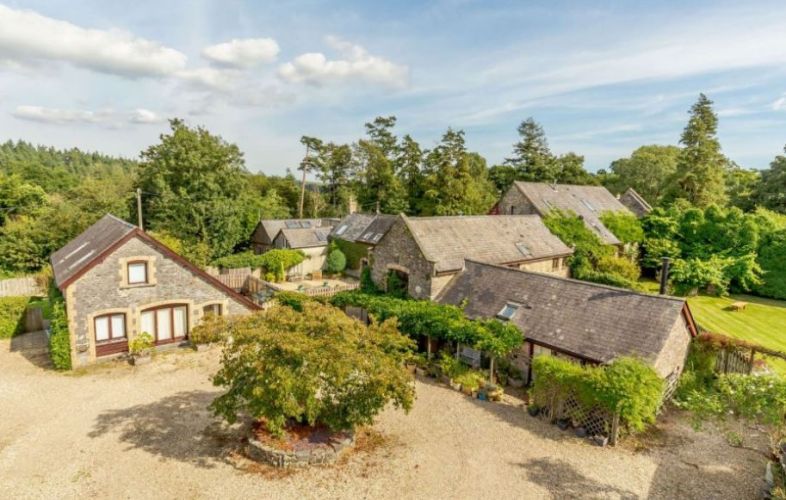
The Ruin, Hood Barton Barns, Dartington, Totnes, Devon
This five bedroom Devon home, with four cottages, has a large lawned garden surrounded by large established trees and shrubs, affording complete privacy and seclusion, and an orchard with productive fruit trees.

Red House, 1 Harleys Mountain, Presteigne, Powys
A residential farm occupying 100.98 acres of glorious Herefordshire countryside, of which 35 acres are mixed mature woodland. Red House is set on gentle southern slopes and gives the opportunity to create a wonderful lifestyle property.
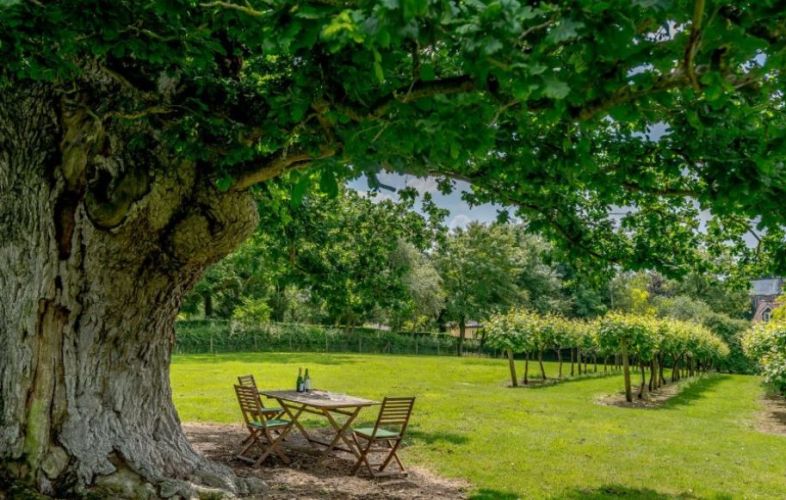
Willow House, Fressingfield Eye, Suffolk
Not only does Willow House have a copse/spinney area at the back end of its plot, but it has a stunning giant oak tree which affords views of the church in the village which sits within the vineyard. This magnificent specimen also pre-dates the house by about 50 years, so is about 450 years old.
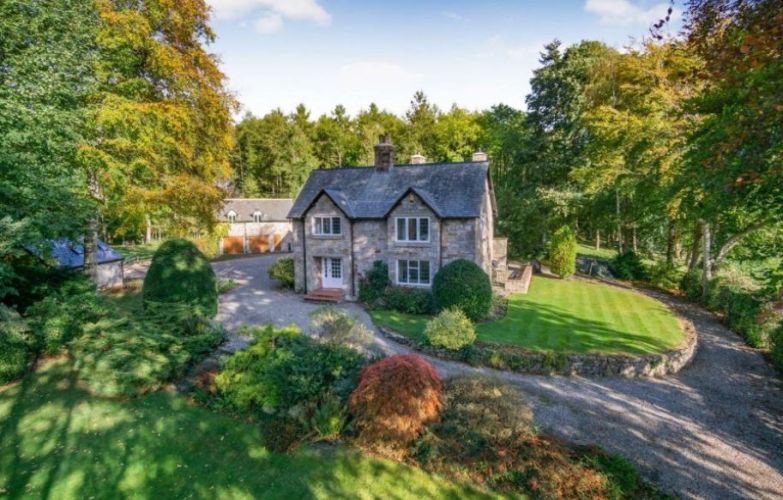
Templegarth, Bronygarth, Oswestry, Shropshire
This classic square country house is set in almost 13 acres of garden, paddock and woodland. The vegetable garden has an attractive copse area and paddocks at the back, and the private and established woodland is well maintained and features enchanting, fascinating stone ‘temple’.